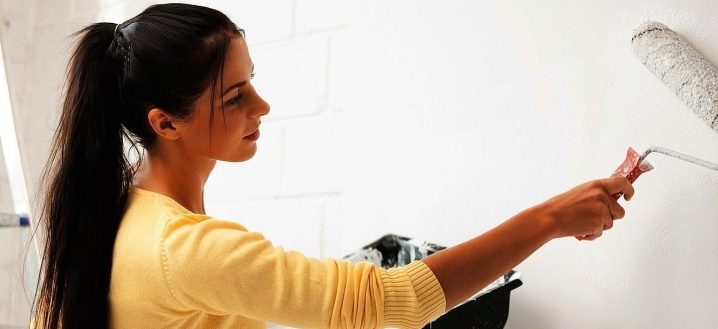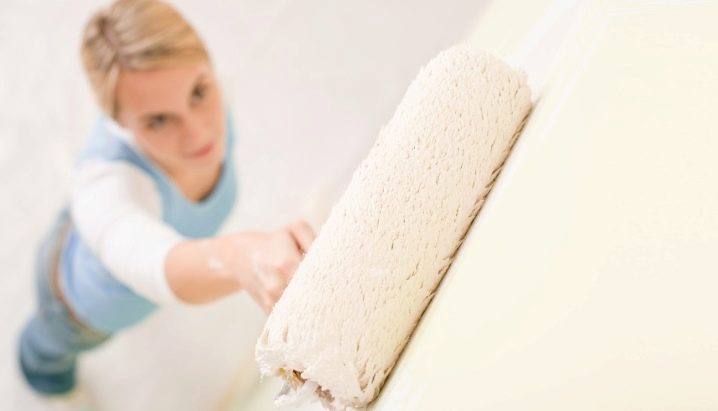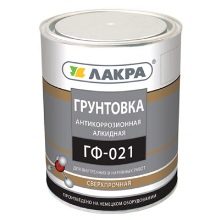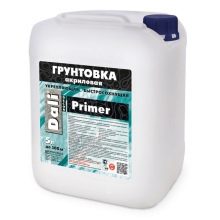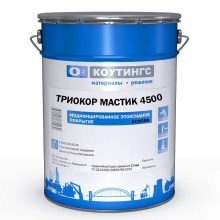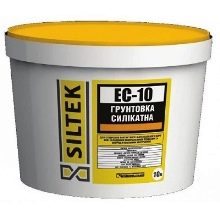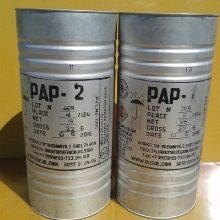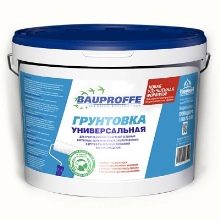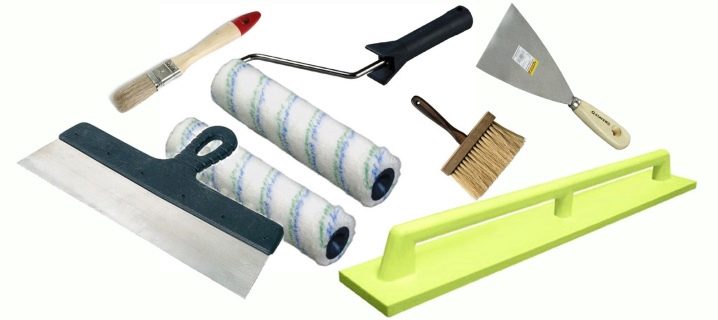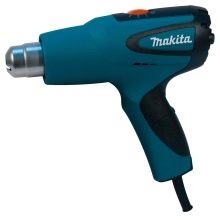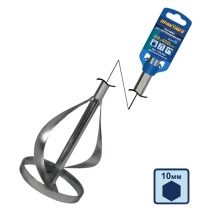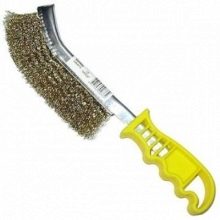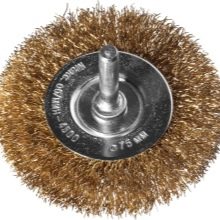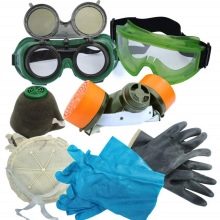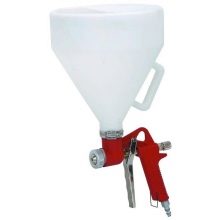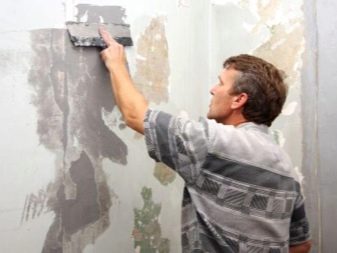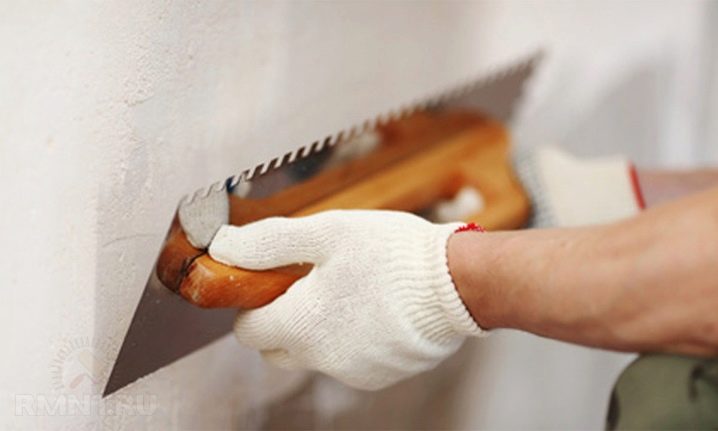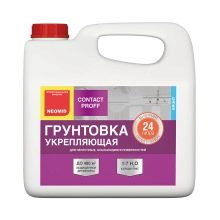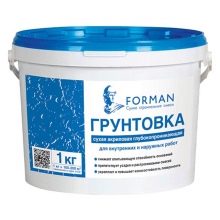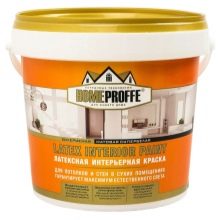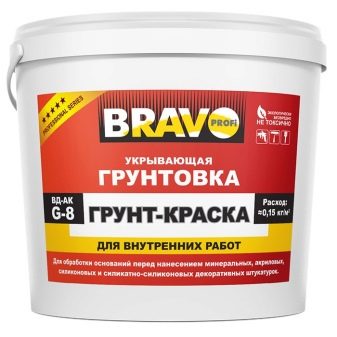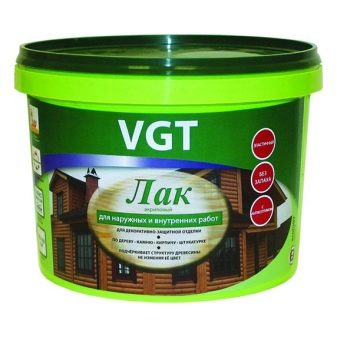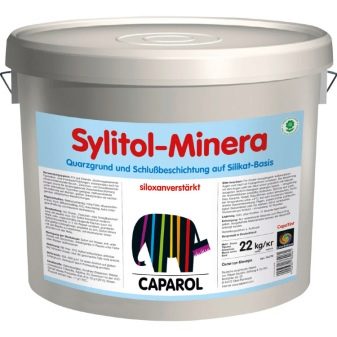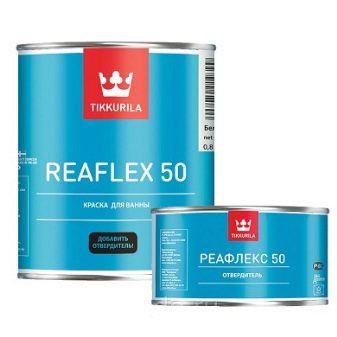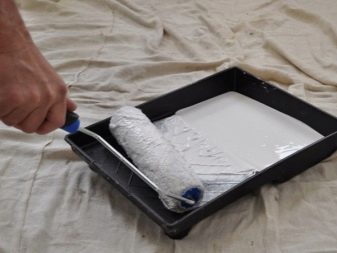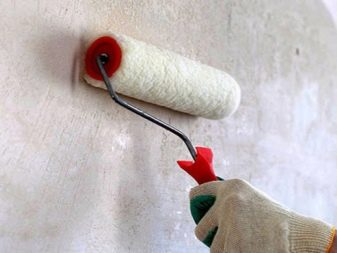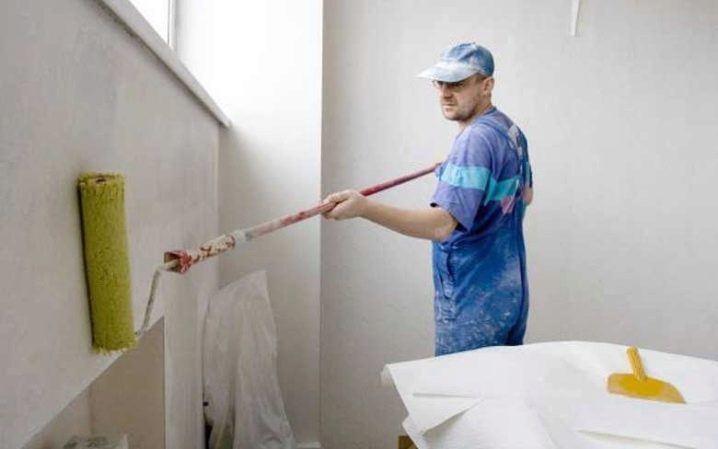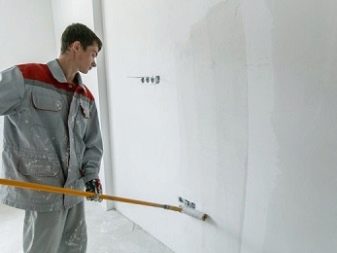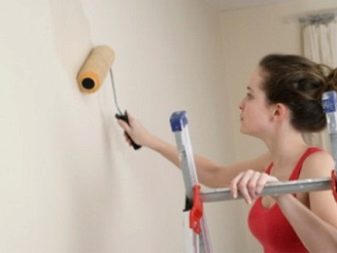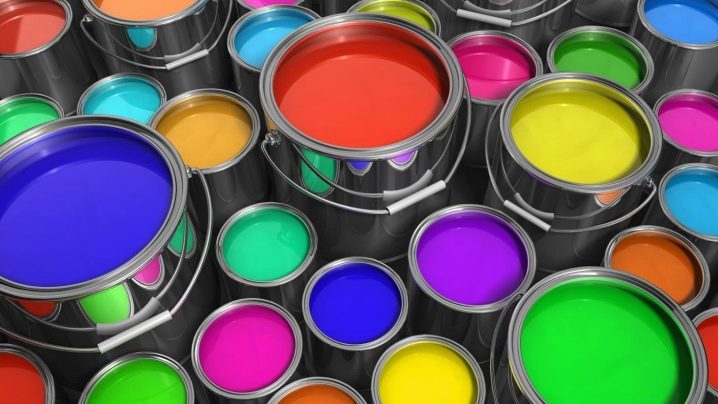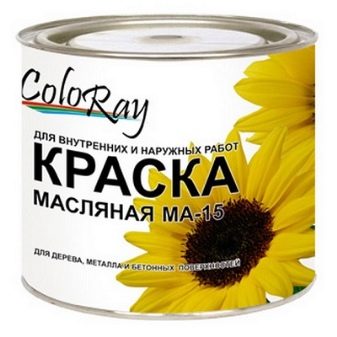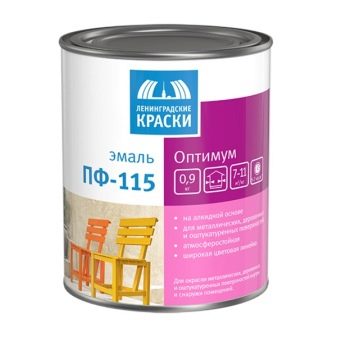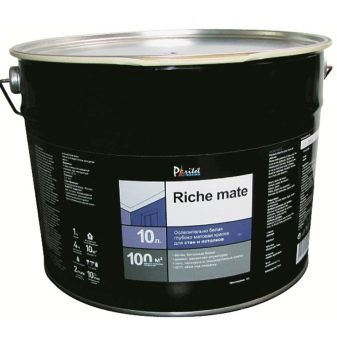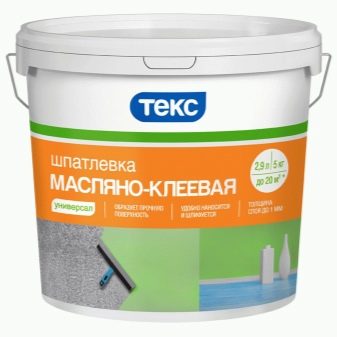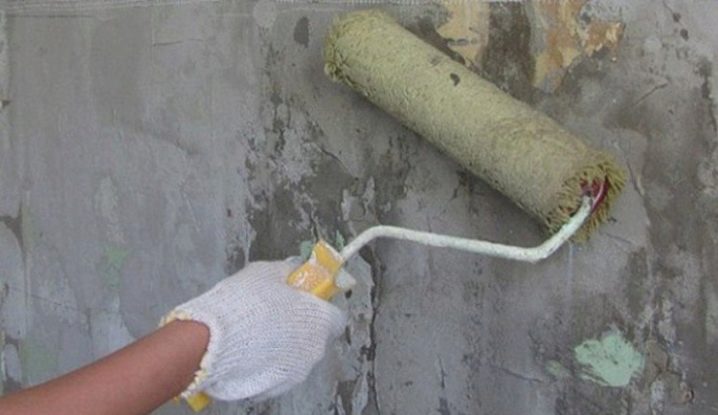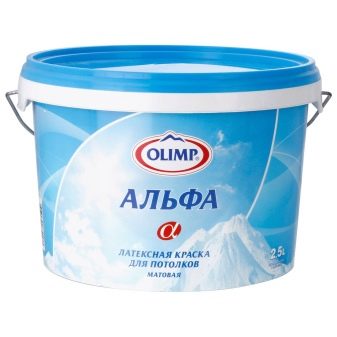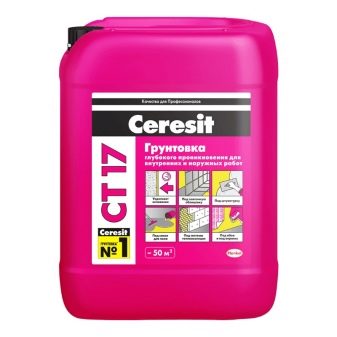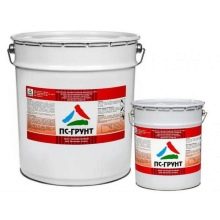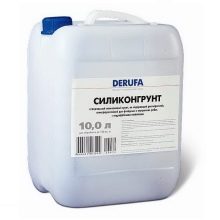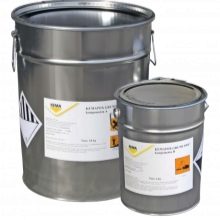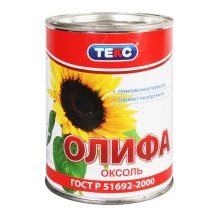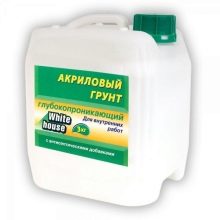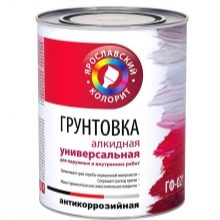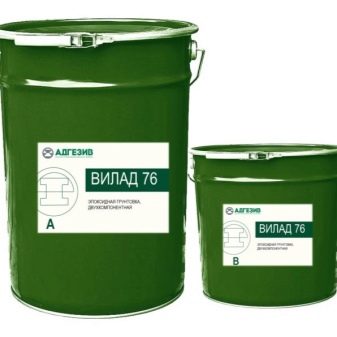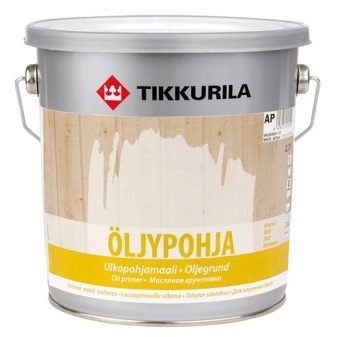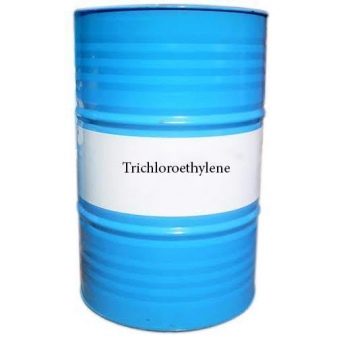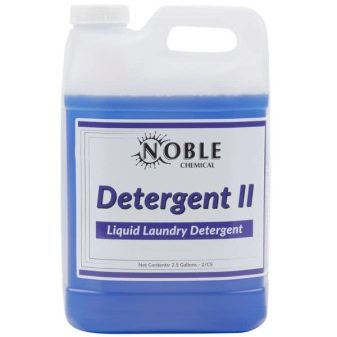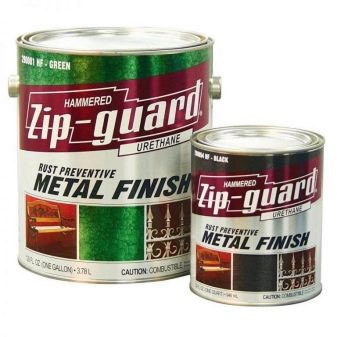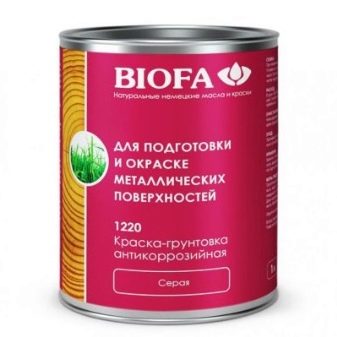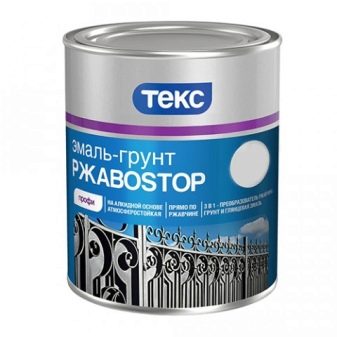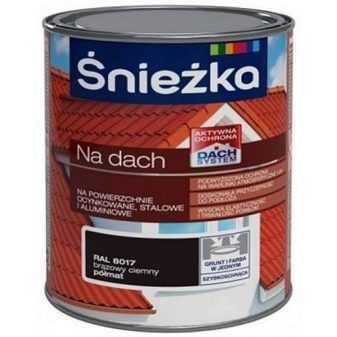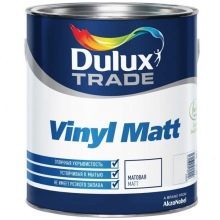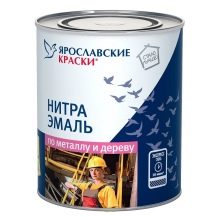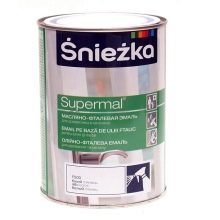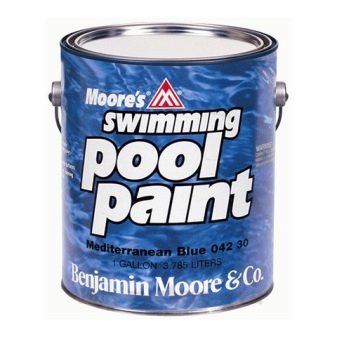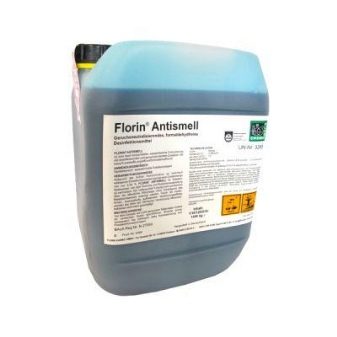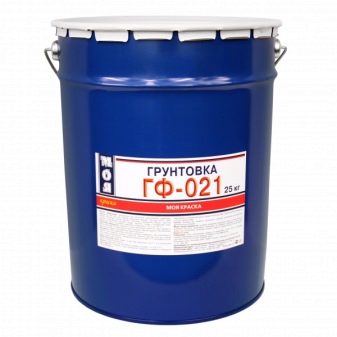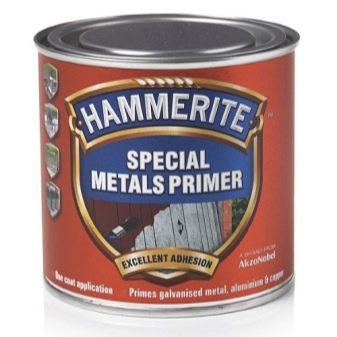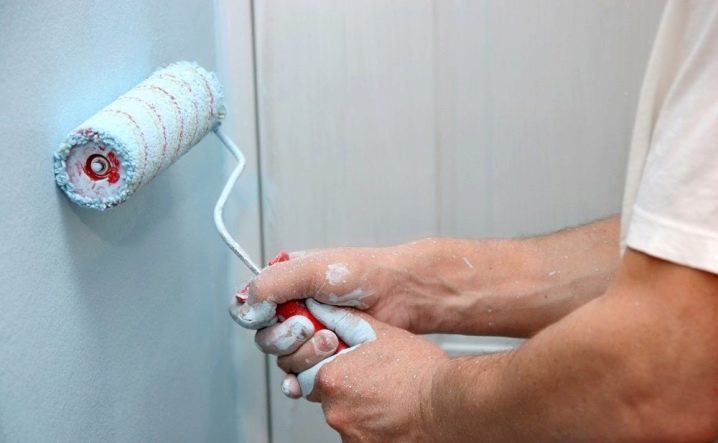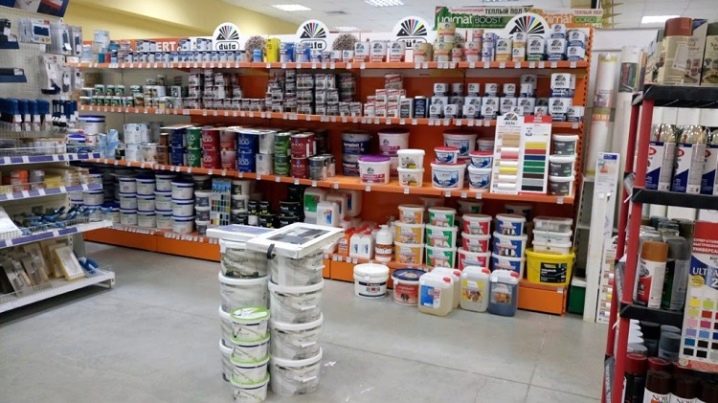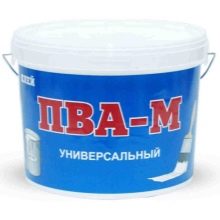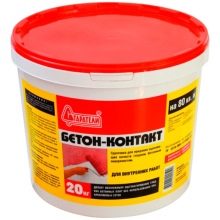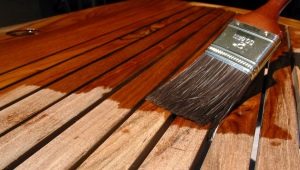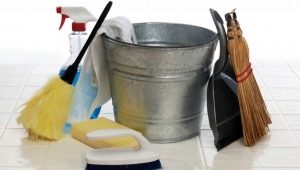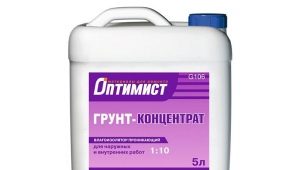Primer before painting: how to prepare the walls and ceiling?
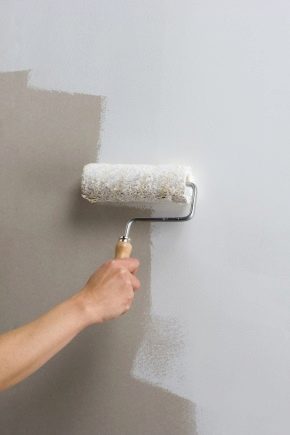
Surface painting is one of the main stages of repair work. How to paint the walls and ceiling? Do I need a pre-primer? This should be sorted out.
Features and Purpose
The soil is sold either in ready-made form, which can be used immediately, or in concentrated - dry mixture, in this case, the solution must be prepared independently. The proportions and type of liquid are indicated on the packaging.
General properties:
- easy to apply;
- binds together non-contiguous parts;
- levels and strengthens any surfaces;
- antiseptic compounds protect walls from mold, fungi;
- when applying the soil, the subsequent consumption of paint is noticeably reduced.
Primers often produce and apply to certain materials. It is possible to purchase primer for wooden surfaces, for plaster or surfaces of concrete or metal, there are universal preparations for all types of surfaces.
Kinds:
- Alkyd Primer. Applied when working with wood and metal. It protects metal surfaces from corrosion, will prevent the destruction of wood or chipboard.
- Acrylic. This material can be called universal, suitable for all types of surfaces.
- Epoxy. With the help of the epoxy that makes up the material, the coating becomes much stronger. Used for concrete coatings, used for ceramic products, linoleum, can serve as a good basis for painting.
- Aluminum. Reliable adhesion provides aluminum powder. Suitable for metal surfaces, wood products.
- Silicate. The material has resistance to moisture and temperature, high strength.Apply on brick surfaces, plaster, most often on balconies, loggias, in the bathroom.
- Polyvinyl acetate. Suitable for surfaces where polyvinyl acetate paint will be applied. It dries very quickly and adheres well to a different surface.
Subtleties of use
Starting work with a primer, you should prepare the working tools that will be needed during work, such as:
- roller;
- a set of brushes: a wide, large and small brush;
- spatula, several options;
- heat gun;
- special mixer for paints;
- metal brush and sandpaper;
- rags;
- spray gun;
- disk brush for the drill;
- protective equipment: work gloves and mask.
Before starting, the room is freed from unnecessary items and furniture so that nothing interferes with work. The optimum temperature for applying the soil should be in the range from +10 to +30 degrees.
The primer is applied most often on plastered surfaces or on a coating of adhesive paints. Before starting work, they inspect the walls and clean them of old wallpaper, crumbling paint or stuck plaster, greasy stains.
Identify places where there is a mold or fungus and eliminate the hearth.
If necessary, the walls and the ceiling are washed with hot water with the addition of detergent. After the walls are completely dry, they should be carefully examined. If there are damages or irregularities, they are sealed with high-quality concrete putty. As soon as it dries, sand with sandpaper and clean the garbage with sand.
When all the deficiencies are eliminated, it is time to primer. Choosing the composition, you should be guided by what paint will paint the surface and take into account the condition of the base.
If before this, fresh plaster was applied to the walls, works are carried out only after 3 or 4 weeks.
Consider which primers are the most popular:
- Priming and strengthening impregnation, serves to strengthen the base and protect from high humidity. Mills "breathe": the soil forms a film that lets steam through. Such impregnation is used for surface treatment indoors: plasterboard and gypsum boards, cement-lime and lime plaster.
- Priming acrylic and latex paint. It can be used both indoors and for outdoor work. The material penetrates deep into the surface, thereby strengthening it. Apply to primer before applying emulsion and acrylic paints.
- Primer paint with solvent. Suitable for indoor and outdoor work. The tool penetrates deep into the wall, but can easily ignite. Apply with primer painted, plastered, wood surfaces, plates of asbestos cement.
- Priming acrylic lacquer. Apply to outdoor work. It can penetrate deep into the wall, repels water.
- Aqueous silicate primer. Suitable for external work, used for priming brick and concrete surfaces, lime and cement-lime plaster. Does not create a mineralized coating on the surface, has deep penetration.
- Epoxy paint. It is used for interior work on a concrete surface. Most often has a two-component composition, the contents are mixed before use.
By its composition, the soil is a reliable and effective means for reliable adhesion of the material. The application process itself is not difficult; a person without experience can also cope.
Now we need to figure out how to prime the surface:
- Before starting the preparation of the composition, it must be at room temperature. When ready solution mix it thoroughly. If the consistency is concentrated, diluted with water in predetermined proportions.
- The bath is poured into the composition and the paint roller is dipped into it. After that, it is twisted and squeezed on the grid. It should be carried out in different directions with a roller in order to distribute the composition, in the recess there will be surplus.
- They produce a primer in random order, the masters recommend to carry out from the top down, so the drips will be easy to clean. Press on the roller with a slight stop.
- In difficult areas or corners, the roller should be changed to a brush.
- After priming, wait until the wall is dry. The time depends on the temperature in the room and the type of primer. The walls are considered to be dried out if there are no dark wet stains on them.
- When the surface is dry, put a second layer, trying to ensure that the entire base is processed evenly.
It is not recommended to speed up the drying process, it is important that the surface is dried at the natural temperature, so the primer penetrates the base more strongly.
When working with walls and ceiling need a stepladder, ladder or table. If you work while standing on the floor, you can put a special extension on the handle for the roller, this way the ceilings are primed.
Types of paint and work with them
During repair use these types of paintwork materials:
- oil paint;
- enamel;
- water emulsion and acrylic;
- glue.
Oil paint consists of drying oil with the addition of pigments of different colors. This paint is resistant to changes in temperature, moisture. The surface painted with this type of paint does not fade in the sun, it can be treated with detergents.
Oil formulations have their advantages and disadvantages. In order for the coating to completely dry, you have to wait up to three days. When painting forms a dense layer that does not allow air, therefore it is not recommended to paint large areas of the room.
Enamel according to the characteristics coincides with oil paint. Their difference is that for complete drying of enamels it takes much less time, about a day.
Water emulsion, consists of a solution with microscopic particles of plastic, when dried, it does not emit harmful substances. This paint can paint any surface, it dries quickly and does not have a strong odor..
For interior and exterior painting apply acrylic formulations. Most often they are used during repairs in a room with high humidity..
The basis of glue paints is chalk, such a composition can be easily made at home. Although glue paints dry very quickly, they have their drawbacks. Paints and varnishes do not withstand moisture, the surface will eventually deteriorate.
Compatibility with different surfaces
The primer consists of resin, oil, glue, drying accelerator, pigment and other substances, has an acrylic, mineral, alkyd base. To decorate the walls in the room can be using different materials.
Primer under the wallpaper
Wallpaper for painting or whitewashing are the most popular.On the wallpaper, after the finish primer, the paint will fall evenly, on the surface there will be no stains. For a more economical process, you can buy a primer-paint.
Often the question arises, what kind of soil should be under non-woven wallpaper. Skilled craftsmen advise when choosing a primer to look at the condition of the surface, because the main task is to make the wall more durable.
Under interlining, you can choose the primer of deep penetration Ceresit CT 17.
Primer for plywood, chipboard, wood
When choosing a primer for plywood, you should see that the primer and paint are made from the same base, designed for this coating. If plywood is used in a room where humidity is high, the surface is treated with primer with an antifungal compound.
When processing plywood, chipboard and other wood coatings, the joints and ends of the water-repellent primer should be treated. For these purposes, you can take a polyurethane or epoxy mixture.
When working with MDF, you should know that this material has a porous surface, so it is better to buy a primer designed specifically for such bases.
For wood panels, primers such as linseed oil, acrylic primer, alkyd primer paint, styrene primer, nitrocellulose primer varnish, oil phthalic primer paint are used.
When priming glass surfaces and plastics use:
- Alkyd based primer paint. This type of soil is also suitable for working with ceramic tiles, plastic, metal products;
- Two-pack epoxy primer varnishWith it, good adhesion to slippery glass, metal surfaces, on ceramic products occurs.
- For the foam used primer and oil materials, you can take a varnish on the basis of alcohol. The surface is painted with oil paint. Do not use acetone and aromatic solvents, butyl acetate.
Metal primer
With the help of a primer metal surfaces protect against adverse effects, the metal does not corrode. Apply anticorrosive and priming paint to a primer. If there is rust on products, they should be pre-cleaned of it, remove dust and degrease. For degreasing, you can take a detergent, and also use trichloride ethylene.
If you have old paint on a metal surface, it should be rubbed with sandpaper. The former layers are removed with an iron brush, an electric thermogun, or special chemicals are used.
Primer paint is stirred before application, if necessary it should be diluted. Put it with a brush or spray. How many layers to apply indicates the manufacturer on the package.
After the first layer, each subsequent layer should be applied in 3-4 hours.
Paint on the treated surface is applied the next day. If nitrocellulose paint is applied to the metal surface, you should wait at least 72 hours.
For metal surfaces, suitable tools are:
- primer alkyd enamel;
- polyvinyl acrylic primer;
- vinyl and polyvinyl paint;
- primer nitrocellulose paint;
- anti-corrosion based on phthal resins;
- chlorine rubber;
- rust stabilizer.
If you want to paint the battery or cast iron bath, you should apply a primer for cast iron. Iron products are painted with alkyd enamels. In preparation for painting, cast iron products are cleaned of dirt; the surface must be completely dry.
The product is pre-degreased with white spirit and coated with primer GR 021, Hammerite primer can be used.
It is convenient to paint openwork cast-iron gratings with spray paints, the surface must be prepared in the manner described above.
Useful tips
Based on the advice of experienced builders it can be argued that the primer should definitely be used. It is important to understand that there should be only one layer, it should be a link between the wall and the paint.
During the application of the primer, the roller should be carefully pressedOtherwise, there may be drips on the surface.
All materials for construction and repair should be purchased in hardware stores where experienced consultants will be able to provide the necessary information about the product.A guarantee of a good result will be purchased goods from reputable manufacturers.
When making a purchase, you should make sure that the packaging is not broken and the expiration dates are not overdue.
If you still can not buy a primer, you can use the alternative options:
- take glue for low concentration wallpaper;
- PVA glue, diluted 1:10, can replace the primer;
- take enamel paint and dilute with plenty of solvent;
- to use drying oil - well suited for wooden surfaces;
- use concrete contact.
Making repairs using a primer is not so difficult, you just need to know what materials and on what surfaces should be used.
How to prime the walls before painting, learn from the following video.
